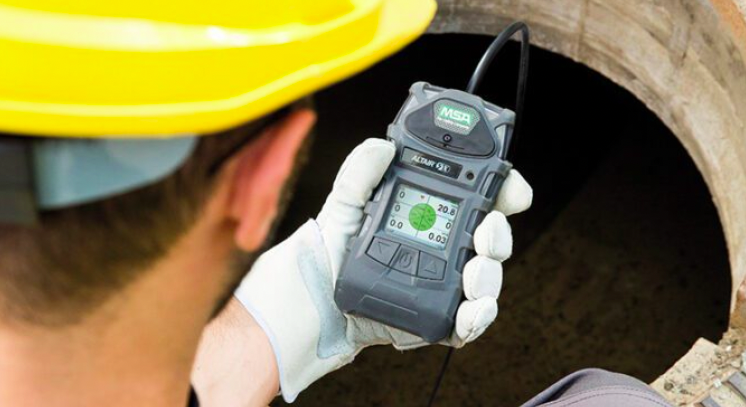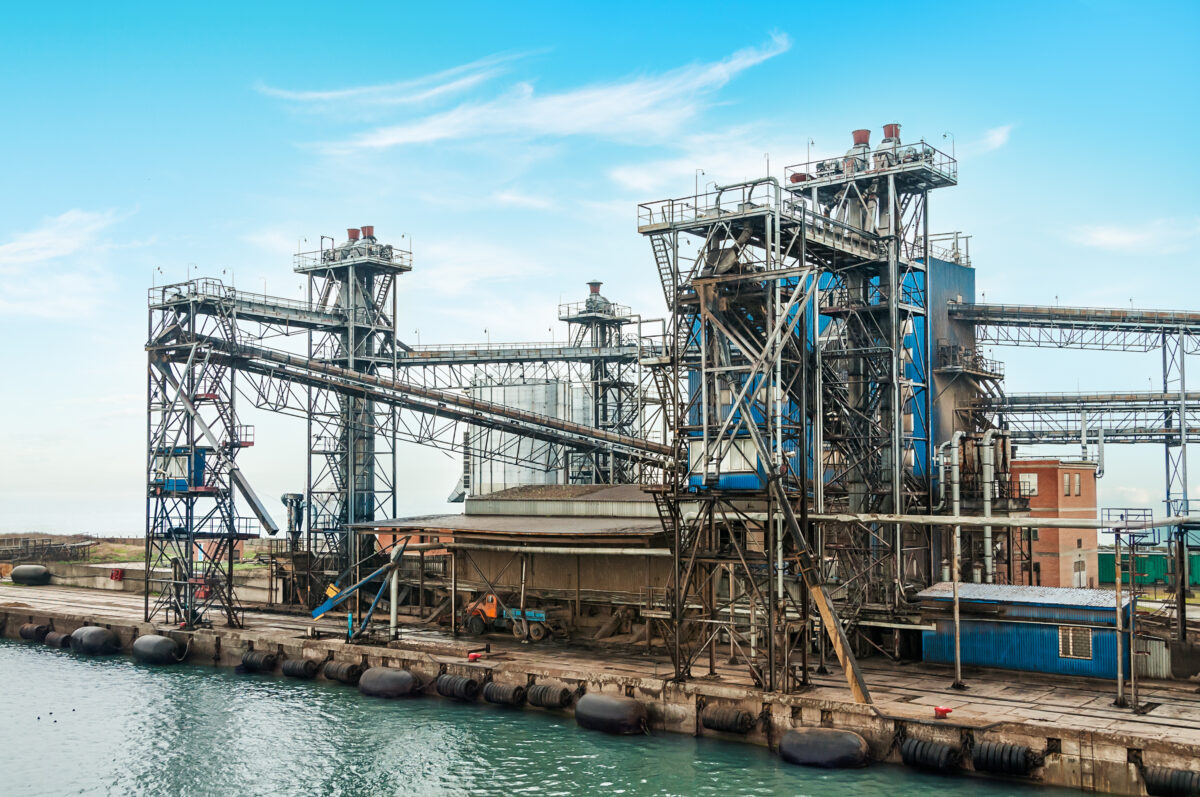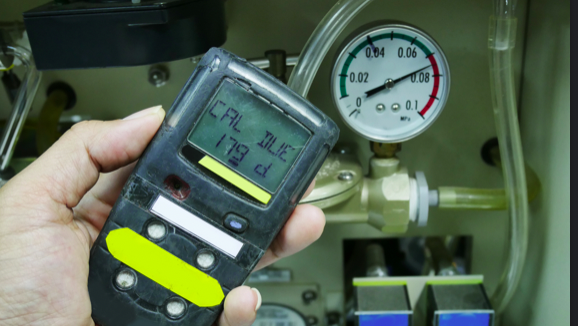The extraction and refinement of fossil fuels involve numerous hazards, but one of the most critical aspects of ensuring safety is maintaining air quality. Gas Detection Systems, also known as gas monitors or gas detectors, play a crucial role in safeguarding the well-being of employees, the environment, and the surrounding communities.
In this comprehensive guide, we will delve into the world of Gas Detection Systems, exploring their importance in the oil and gas sector, the various types available, and how they work to ensure air quality and safety.
The Significance of Gas Detection Systems
1. Protecting Lives
One of the primary purposes of Gas Detection Systems is to protect lives. These systems continuously monitor the atmosphere in and around oil and gas facilities, instantly alerting personnel if hazardous gases exceed safe levels. This early warning is crucial in preventing accidents, ensuring worker safety, and potentially saving lives.
2. Preventing Environmental Disasters
In addition to human safety, Gas Detection Systems also safeguard the environment. Leaks or emissions of toxic gases can lead to catastrophic environmental damage. Rapid detection and response help mitigate these risks, reducing the impact on ecosystems and local communities.
3. Regulatory Compliance
Oil and gas facilities must adhere to strict regulations and standards to operate legally. Gas Detection Systems are an integral part of compliance, demonstrating a commitment to safety and environmental responsibility. Failing to meet these standards can result in severe legal consequences and reputational damage.
Types of Gas Detection Systems

Gas Detection Systems come in various types, each designed to monitor specific gases and tailored to the unique needs of the oil and gas sector. Here are the primary categories:
1. Fixed Gas Detection Systems
Fixed systems are permanently installed in specific locations within a facility. They continuously monitor for the presence of gases, providing real-time data to a centralized control system. These are ideal for areas where gas hazards are known to exist.
2. Portable Gas Detection Systems
Portable systems are designed for on-the-go monitoring. Workers can carry these devices with them to check for gas levels in different locations. They are particularly valuable for maintenance tasks and routine inspections.
3. Area Gas Detection Systems
Area systems monitor gases in larger spaces or zones, providing comprehensive coverage. They are commonly used to safeguard open areas where potential gas leaks may occur.
4.Single Gas vs. Multi-Gas Detectors
Some Gas Detection Systems are specialized for a single gas, while others can detect multiple gases simultaneously. The choice between the two depends on the specific hazards present in the facility.
How Gas Detection Systems Work
1. Sensing Technology
Gas detectors rely on various sensing technologies, such as electrochemical, infrared, and catalytic sensors, to detect the presence of gases. These sensors can accurately identify specific gases even at very low concentrations.
2. Alarm and Notification
Once a gas is detected at levels exceeding predefined safety thresholds, the Gas Detection System triggers alarms. Alarms can be audible, visual, or remote notifications to ensure that personnel are alerted promptly.
3. Data Logging and Analysis
Many modern Gas Detection Systems also offer data logging and analysis capabilities. This data can be crucial for incident investigation and compliance reporting, allowing facilities to continuously improve safety measures.
How FAT FINGER can Help in Gas Detection Systems?

With the advancements in technology, these systems continue to evolve, becoming more reliable and efficient at ensuring air quality and safety. And with tools like FAT FINGER, facilities can enhance their Gas Detection Systems’ capabilities and take proactive measures towards preventing accidents and complying with regulations
1. Real-Time Monitoring and Alerts
FAT FINGER software provides monitoring and alerts for Gas Detection Systems. Integrating with existing systems can provide instant notifications to designated personnel in case of gas leaks or abnormal readings.
2. Data Visualization
FAT FINGER also offers data visualization capabilities, allowing easy analysis and interpretation of gas detection data. This feature can help identify trends and potential areas for improvement.
3. Incident Management and Reporting
In the event of a gas leak or hazardous gas levels, FAT FINGER can assist in incident management and reporting. The software allows for quick and efficient communication between personnel, ensuring swift response and resolution.
4. Remote Access and Control
FAT FINGER ‘s mobile application enables remote access and control of Gas Detection Systems. This feature is particularly useful for portable systems, allowing workers to monitor gas levels from a safe distance.
About FAT FINGER
Ensure front-line teams do their work correctly every time. Drag & drop digital procedures that unlock operational excellence.
In seconds anyone can build and deploy enterprise-grade mobile applications using an easy drag-and-drop no-code builder.
FAT FINGER uses machine learning to coach app users in real-time to make safer and improved decisions.
Try building your digital procedure on FAT FINGER for free @ www.fatfinger.io




